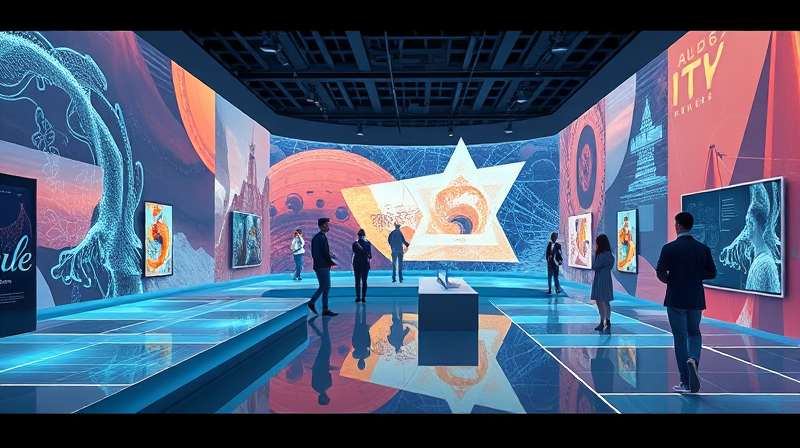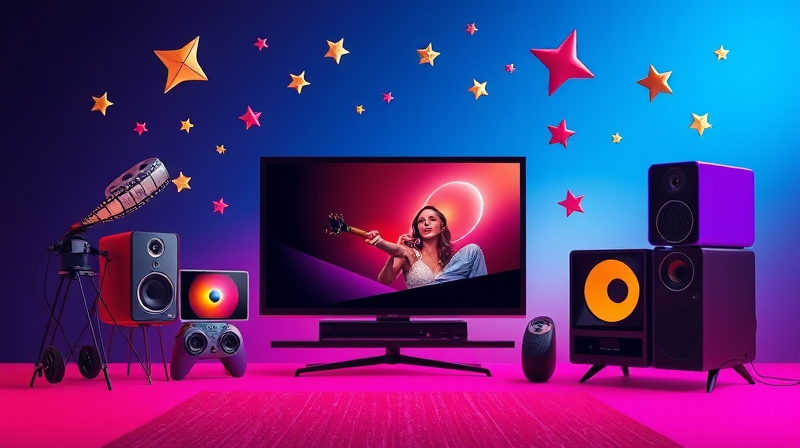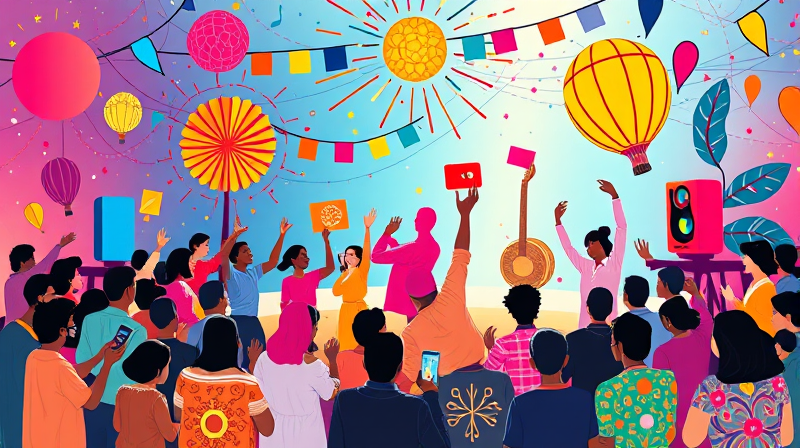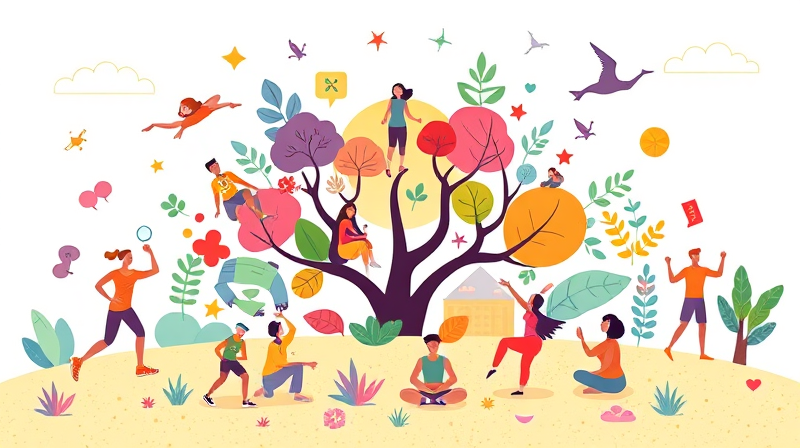The landscape of the art world in 2025 is a vibrant tapestry that weaves together diverse cultures and traditions. Today, artists and filmmakers are pioneering innovations that not only challenge conventional boundaries but also foster a deep appreciation for global diversity.
As we venture further into this new era, inclusivity and cultural fusion emerge as the driving forces behind the evolution of both traditional and digital expressions. The international art scene has become a melting pot of ideas where indigenous wisdom meets modern technology, creating experiences that speak to the heart and mind of every viewer.
The Rise of Indigenous and Aboriginal Art
One of the most striking trends is the resurgence of indigenous and aboriginal art. Native American, Aboriginal, and other indigenous artists are gaining prominence in galleries, biennials, museum shows, and auctions. This increasing visibility is not merely a fleeting trend; it represents a long-overdue recognition of voices that were historically marginalized.
Institutions worldwide are dedicating space and resources to honor and celebrate these contributions. Cultural preservation and diversity are now at the forefront of contemporary art policies, ensuring that the unique perspectives of indigenous communities continue to inspire future generations.
Moreover, the incorporation of indigenous techniques and storytelling methods in art not only enhances the aesthetic experience but also bridges the gap between the past and the present. This resurgence reinforces the notion that every artistic expression has a story rooted in centuries of heritage and tradition.
Cultural Fusion in Digital Art
The advent of digital technology has unlocked a new realm of creativity. Artists are now able to seamlessly blend elements from different cultural traditions, resulting in a dynamic digital art scene that is as inclusive as it is innovative. The fusion of classical techniques with modern digital formats has paved the way for completely new modes of expression.
- Greater Representation: Online platforms and digital exhibitions allow for a broader sharing of art, inviting influences from all corners of the globe.
- Ease of Access: Digital art has become a universally accessible form of communication, breaking down geographical and social barriers.
This democratization of art has provided a stage for artists from a myriad of cultural backgrounds to showcase their work, further emphasizing that art is a universal language capable of bridging vast divides.
Amplifying Diverse Voices
The call for representation has never been louder. Across the creative industries, there is a resolute movement towards the amplification of diverse voices. Filmmakers, painters, sculptors, and digital creators are actively working to ensure that their work reflects the rich spectrum of human experience.
Even amid political and institutional challenges, there is a persistent effort to curate art that speaks to stories which have long been underrepresented. This proactive approach is helping introduce audiences to narratives that not only surprise but also build empathy and understanding between communities.
Art that presents multiple perspectives encourages dialogue and cultivates an environment where differences are not only acknowledged but celebrated. The power of these narratives lies in their ability to transform society chronically and positively.
Immersive Experiences and Virtual Reality
Technology continues to transform how we experience art. In 2025, immersive experiences and virtual reality (VR) have emerged as prominent tools that allow viewers to engage deeply with the creative process. Artists are developing hyper-realistic, interactive 3D worlds that provide immersive journeys into the human experience.
For example, innovative projects have used artificial intelligence to enhance interactivity, allowing viewers to emotionally connect with the artworks on unprecedented levels. This technological evolution signifies a revolutionary step in how art is consumed and appreciated, granting audiences the chance to be active participants rather than just passive observers.
The fusion of VR with traditional storytelling elements creates a unique sensory experience that challenges the traditional barriers between the artist and the audience. It introduces a new dimension of empathy through immersive narratives that speak volumes about current global themes.
Sustainability and Eco-Consciousness in Art
Another significant shift in contemporary art is the dual emphasis on sustainability and eco-consciousness. Many artists are embracing eco-friendly materials and processes, using their platforms to address environmental issues head on. This trend is a reflection of the broader societal move towards more thoughtful and sustainable practices.
By incorporating natural elements and environmentally responsible practices into their creative processes, artists not only generate meaningful art but also advocate for the planet. The intersection of art and sustainability creates a dialogue about our environmental responsibilities, urging us to see the beauty in both nature and human creativity.
This trend has inspired creators to think critically about the ecological impact of their work, fuelling a movement that extends from the studios of urban centers to the remote corners of the globe.
Cinematic Expressions of Diversity
The cinematic world is also adapting to these transformative times. Film and digital media are increasingly mirroring the inclusivity trends witnessed in the art world at large. Movies and series are placing a stronger emphasis on the representation of diverse cultures, uplifting voices that were once sidelines in mainstream narratives.
Cinematic storytelling now often incorporates innovative technologies, such as cutting-edge immersive visuals and state-of-the-art sound design, to enhance the narrative. In addition, themes of sustainability and environmental awareness are being woven into scripts, showcasing a broader understanding of our collective responsibilities.
This radical shift in filmmaking is enabling a more comprehensive and genuine portrayal of the world's cultural mosaic. Institutional support and independent initiatives alike are breaking new ground in creating films that resonate with an increasingly global audience.
In conclusion, the evolving landscape of artistic and cinematic expressions in 2025 is a testament to the power of diversity. By embracing global cultural influences, pioneering new technologies, and fostering environmental consciousness, creators are not only redefining art but are also inspiring audiences to view the world through a richer, more inclusive lens. The transformative power of art lies in its ability to connect, challenge, and ultimately change our perceptions of reality.
This journey into global diversity is an invitation to see art not just as a form of expression, but as a conversation about who we are and what we aspire to become as a society.








